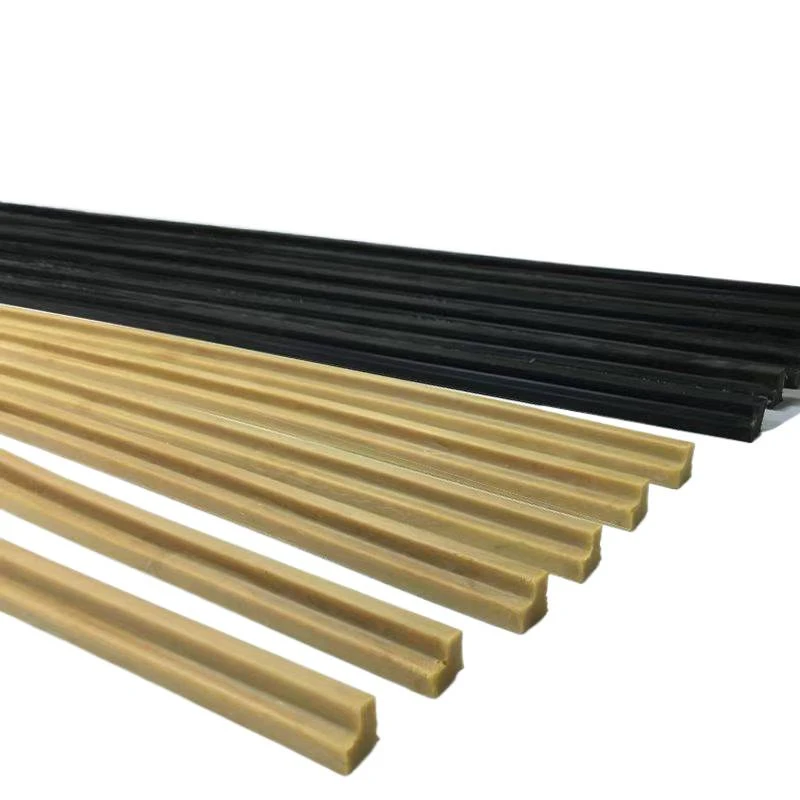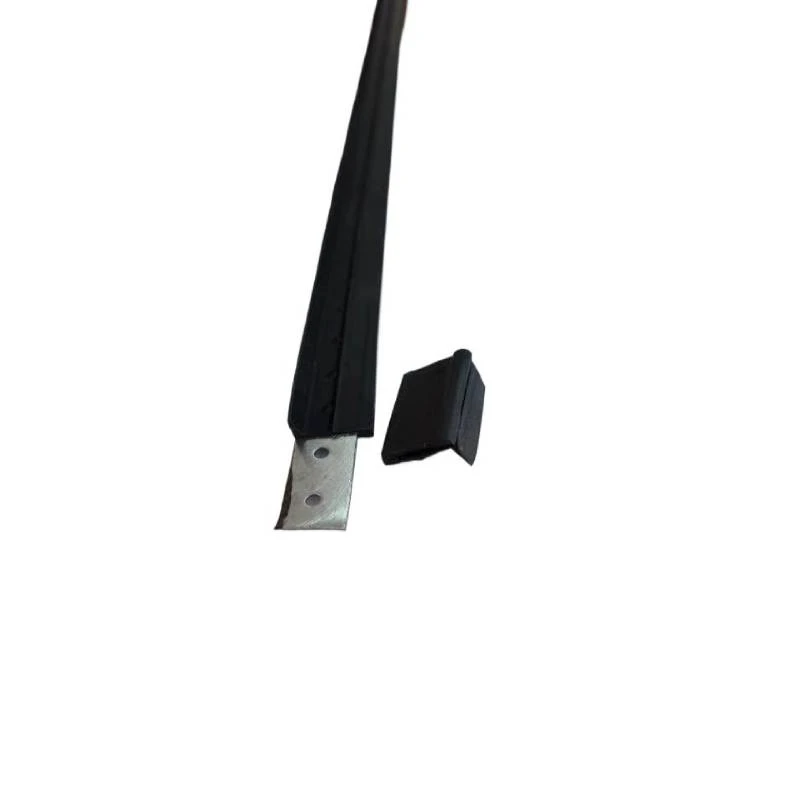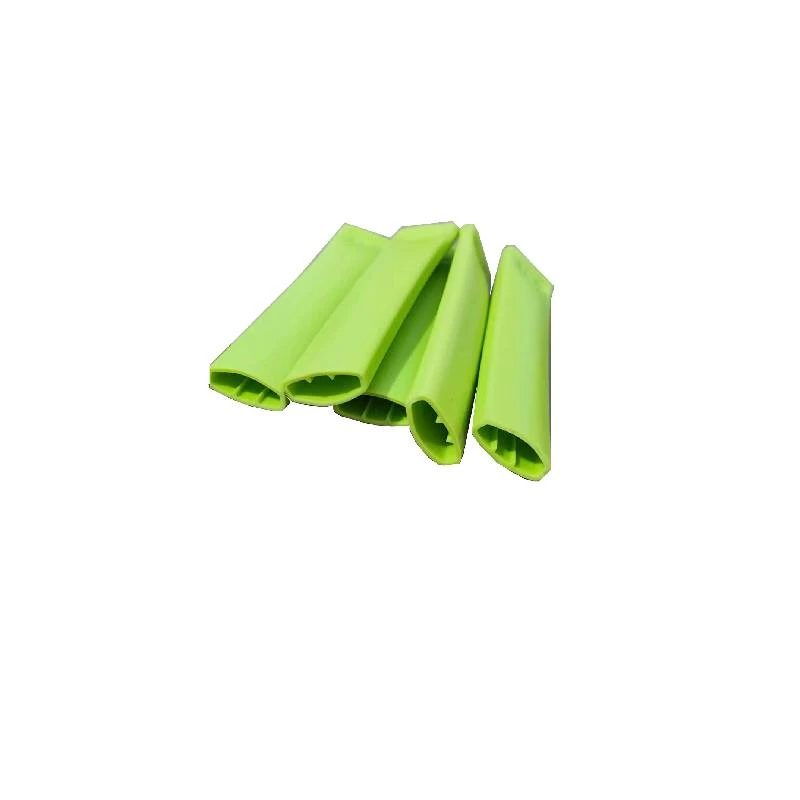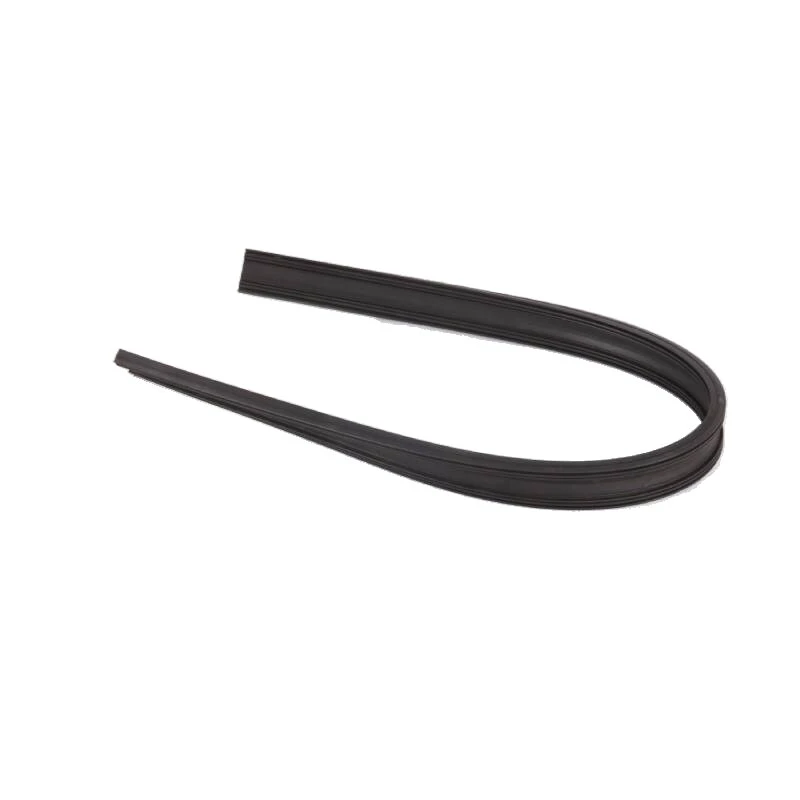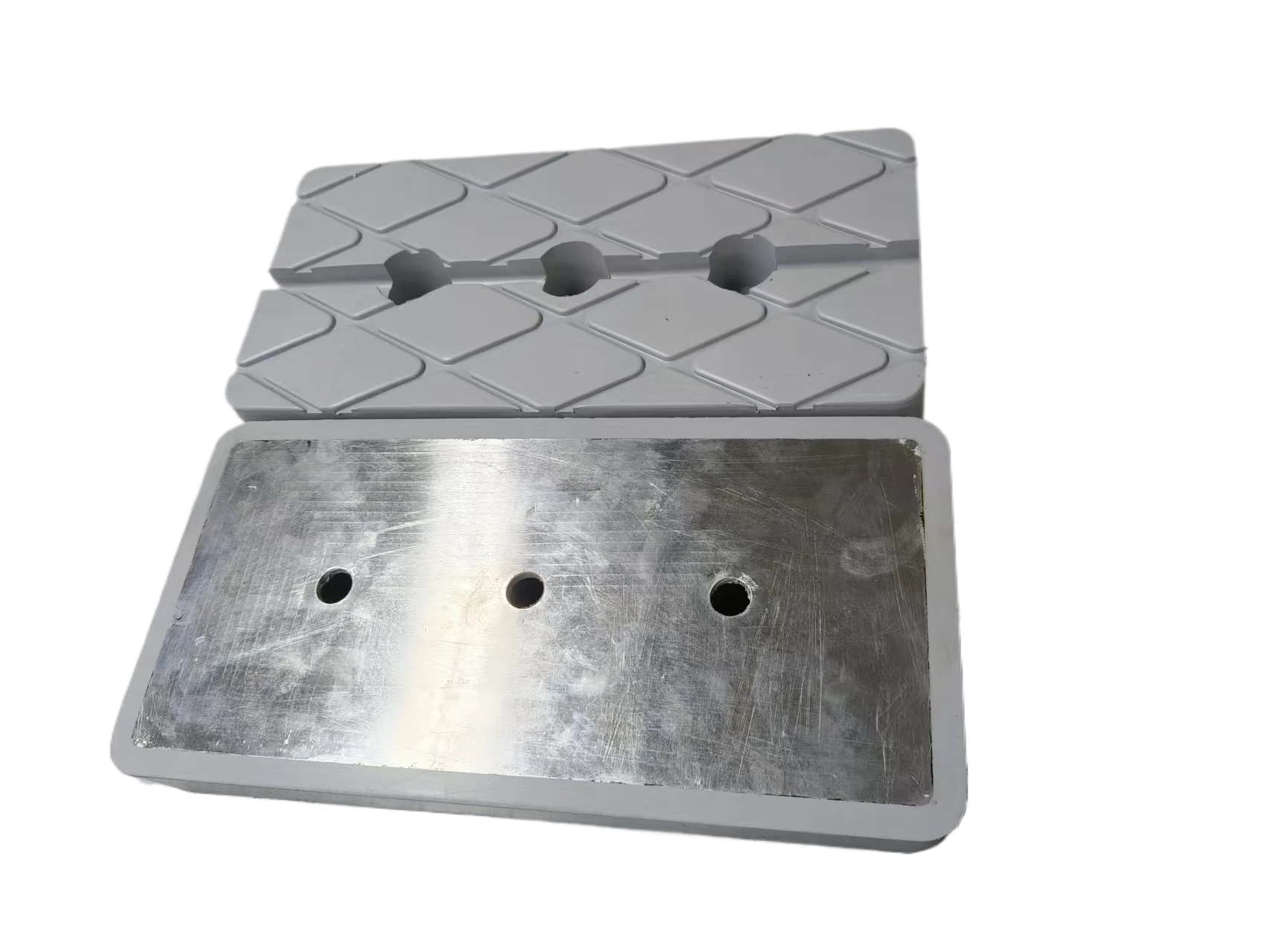Rubber Umbrella Valve - One-Way Seal, Custom, FDA Grade
Rubber Umbrella Valve: real-world notes from the production floor
If you’ve ever cracked open a micro-pump or a compact ventilator, chances are you’ve already met the Rubber Umbrella Valve. It’s small, quiet, and frankly underappreciated. Our team in No. 228 North Street, Gaobeidian City, Hebei Province, has been iterating this little one-way workhorse for years—tweaking durometers, trimming stems, chasing that perfect cracking pressure. And yes, customers do notice.
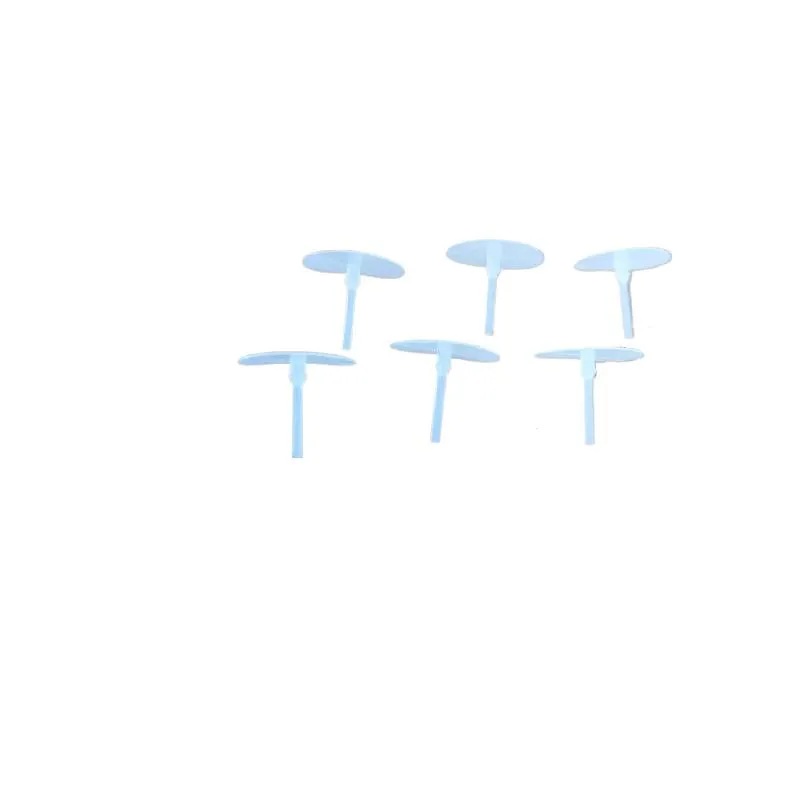
What it is, and where it thrives
At heart, a Rubber Umbrella Valve is a one-way check valve. It opens with a small differential pressure and shuts quickly to block backflow. The silicone variant is a favorite because it keeps sealing even after thousands—sometimes millions—of cycles.
- Medical/biotech: oxygen concentrators, CPAPs, IV sets, diagnostics (biocompatible grades).
- Consumer/household: dispensers, water purifiers, handheld sprayers.
- Automotive/EV: fluid management, battery pack venting (heat and chemical resistance help).
- Industrial: micro-pumps, air/water check points, low-noise vents.
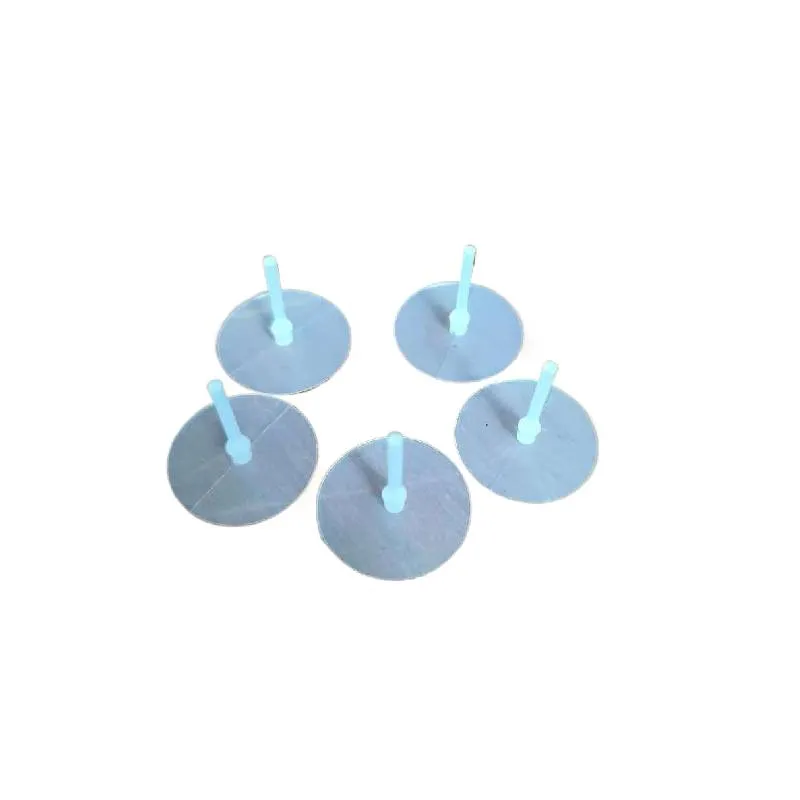
Quick spec snapshot
| Parameter | Typical | Notes |
|---|---|---|
| Materials | VMQ silicone, EPDM, FKM | Food/medical grades available (FDA/USP) |
| Hardness | 40–70 Shore A | ±3 Shore typical |
| Cracking pressure | 5–30 mbar ≈ | Depends on head/stem geometry |
| Temp range | -40 to 200°C (silicone) | Real-world use may vary |
| Service life | ≥1,000,000 cycles | Validated per internal cycling rigs |
| Leak rate | ≤0.1 mL/min @ 10 mbar backpressure | Seat finish matters a lot |
Process flow (what we actually do)
Materials arrive with batch COAs. We mold via LSR injection or compression (project-dependent), then post-cure (150–200°C) for volatile removal, precision deflashing/trim, 100% visual, and AQL sampling. Testing includes ASTM D412 tensile, ISO 815 compression set, cracking pressure/flow curves, and chemical soak (per ASTM D471). For medical builds, we follow ISO 13485 controls and biocompatibility to ISO 10993 for selected silicone grades.
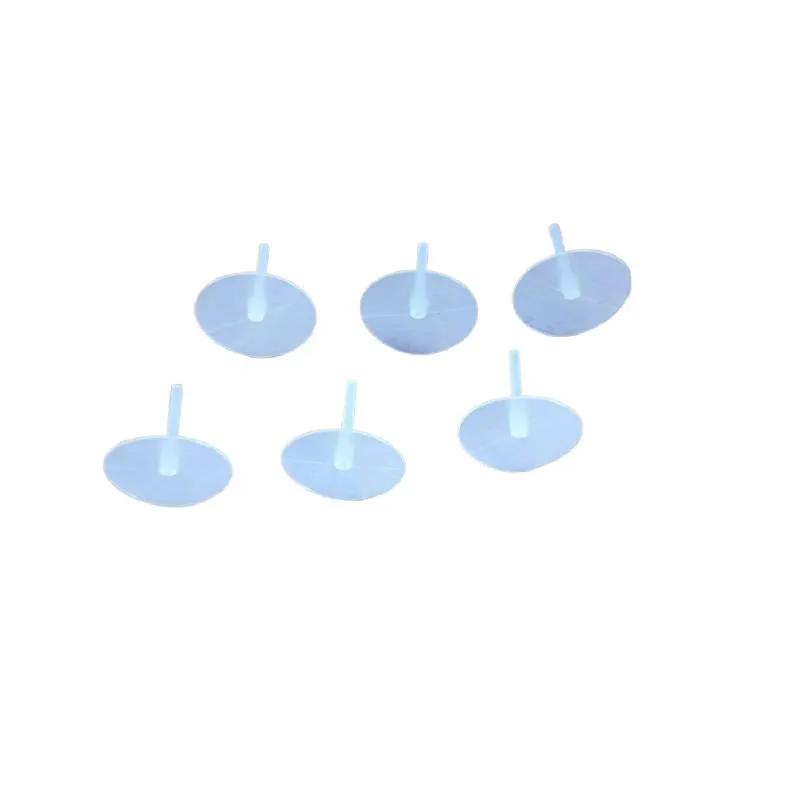
Field notes, trends, and results
- Trend: quieter micro-pumps and lower activation pressures in home healthcare devices.
- Case study 1: a water purifier OEM cut backflow by ~60% by moving to a Rubber Umbrella Valve with a finer seat finish (Ra ≤0.4 μm) and 50A silicone.
- Case study 2: EV battery venting pilot switched from EPDM to FKM; swelling dropped noticeably after fuel vapor exposure.
- Customer feedback: “snappier closing” after we tweaked the umbrella head thickness by 0.1 mm. Small change, big feel.
Vendor landscape (short, honest take)
| Vendor | Material options | MOQs ≈ | Certs | Lead time ≈ | Notes |
|---|---|---|---|---|---|
| FY Gasket (Gaobeidian) | VMQ, EPDM, FKM; FDA/medical | 5k–20k | ISO 9001, ISO 13485 | 2–5 weeks | Strong in custom tooling |
| Vendor A (US) | VMQ, FKM | 1k–5k | ISO 9001 | 3–7 weeks | Fast protos; higher unit cost |
| Vendor B (EU) | EPDM, VMQ | 10k+ | ISO 9001 | 4–8 weeks | Good documentation; fewer elastomer grades |
Customization that actually moves the needle
We tune cracking pressure via umbrella head thickness, OD, and stem geometry; choose hardness by pump torque and seat finish; specify compounds by media (water, IPA, fuels, peroxide). Seat design is half the game—smooth, flat, concentric. We can provide flow-leak curves, PPAP docs, and lot traceability on request.
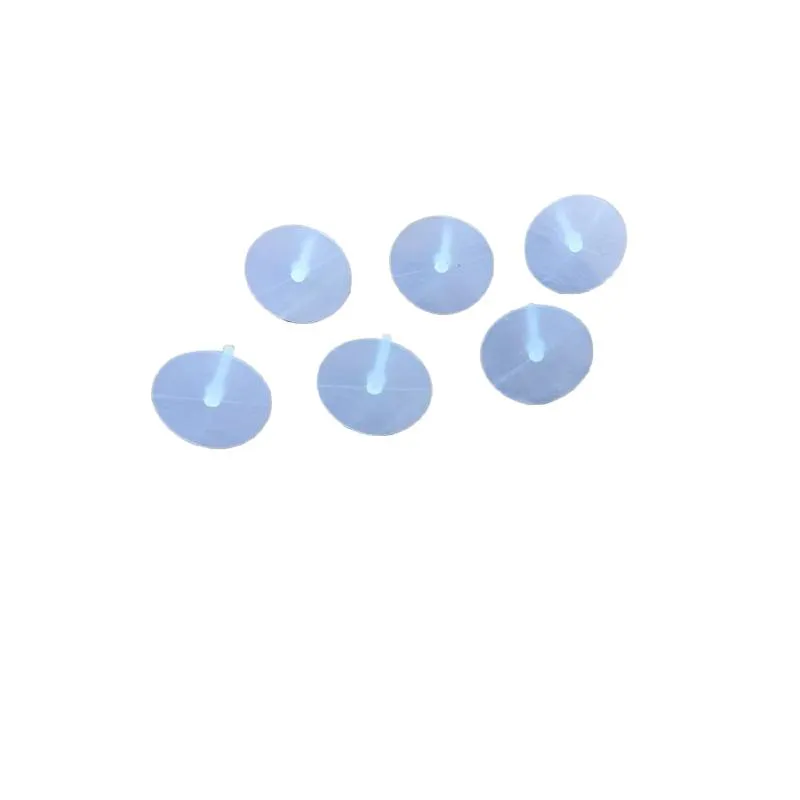
Compliance, testing, and data points
- Standards we reference: ASTM D2000 (rubber classification), ASTM D412 (tensile), ISO 815 (compression set), ASTM D471 (fluid soak).
- Biocompatibility: ISO 10993; FDA 21 CFR 177.2600 elastomer compounds; USP Class VI where applicable.
- Typical results: compression set 15–25% @ 150°C/22h (silicone); tensile 7–9 MPa; elongation 300–500%; burst backflow ≤0.1 mL/min at 10 mbar.
To be honest, the best Rubber Umbrella Valve is the one you barely notice—because it just works. If you want sample kits or a quick DFM check, ping us with seat geometry and target delta-P.
Authoritative citations
- ASTM D2000: Standard Classification System for Rubber Products in Automotive Applications.
- ASTM D412: Standard Test Methods for Vulcanized Rubber and Thermoplastic Elastomers—Tension.
- ISO 815-1: Rubber, vulcanized or thermoplastic—Determination of compression set.
- ASTM D471: Standard Test Method for Rubber Property—Effect of Liquids.
- ISO 10993 series: Biological evaluation of medical devices.
- FDA 21 CFR 177.2600: Rubber articles intended for repeated use; USP Class VI; ISO 13485 QMS for medical devices.
-
Plastic Pelton Wheel – Lightweight, Cost-Effective Hydropower SolutionsNewsNov.24,2025
-
Durable and Cost-Effective Plastic Sheave Wheels for Modern IndustryNewsNov.24,2025
-
Plastic Spoke Wheel – Lightweight, Durable Wheels for Global Mobility SolutionsNewsNov.24,2025
-
Plastic Stem Casters: Durable, Cost-Effective Mobility Solutions for Every IndustryNewsNov.24,2025
-
Plastic Wheel Roller: Durable, Lightweight Solutions for Modern IndustryNewsNov.24,2025
-
Plastic Wheelchair Wheels: Durable, Affordable Mobility Solutions WorldwideNewsNov.24,2025
-
Small Plastic Casters – Durable, Lightweight Wheels for Global MobilityNewsNov.24,2025




